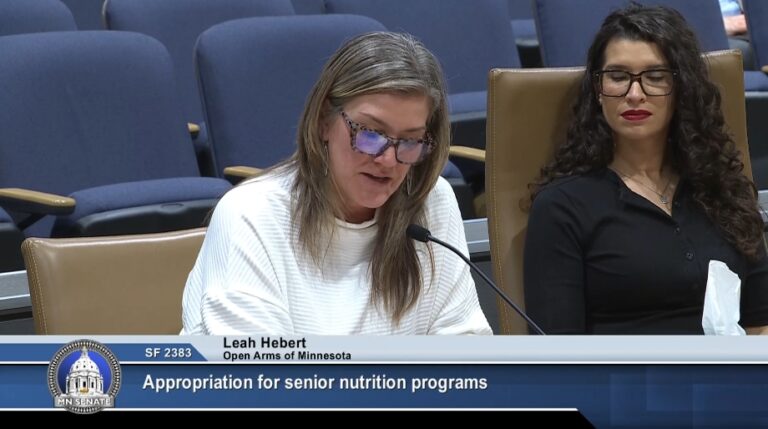From Boulders, you will continue along a scenic drive towards Cape Point. In the past I have stopped to watch whales in the water below the road. I’ve also had to stop my car to allow baboons to cross in front of the car. And this is all before even entering
In the spring, the park is alive with the colors of new growth. Varieties of protea (the King Protea is the national flower of
The park is also home to two poisonous snakes the puff adder and the spitting black cobra. Fortunately, I have never encountered a snake while hiking in the park, but a cobra did cross our path as we were driving out of the park once. That’s as close as I need to get to any snake, especially one so vividly described as the spitting black cobra.
The first stop for travel buses entering Cape Point should also be your first stop the lighthouse. Park your car and take your time hiking up the hill (less than a 30 minute hike with plenty of stops to enjoy the views) to the highest point where the lighthouse is situated. (For those who can’t, or would prefer not to walk, you can pay a small fee to take the funicular most of the way up the mountain.) The panoramic views along the hike, and especially from the lighthouse, make the energy expended well worth it!
People linger at the lighthouse watching the waves break far below, or being mesmerized by the geckos sunning themselves on the rocks. Tourists ask you to take their photos. In many ways this feels like, and is, the end of the world.
If time and energy allows, I like to continue hiking with a trip from the lighthouse, down the hill and then across a plateau before descending to the shore and the
I had always fantasized about packing a lunch and having a picnic on the beach until I observed a young couple doing exactly that, but being traumatized by baboons just waiting for an opportunity to crash their party. When the couple made the wrong decision to venture towards the water, momentarily abandoning their meal, it took only seconds for the baboons to converge on the site, grab everything they could, and scamper back into the bush. The couple seemed genuinely surprised by the audacity of the baboons. I was genuinely surprised by the naiveté of the couple.
For the most part, the hike from the lighthouse to the
Lately, I have not been to the
Part of what keeps me coming back to Cape Point are the new things I discover on every trip. The best kept secret of Cape Point is a cottage that can be rented in the part of the park called Olifantsbos. No tour bus ventures to Olifantsbos and very few day-trippers drive down the road. The lack of traffic probably accounts for all the tortoises you encounter on the road here. The few tourists who do go all the way to Olifantsbos still need to leave the park by the end of the day. So, if your are fortunate enough to get a reservation at the cottage, by nightfall you are virtually alone in the park. There is time to explore the beach before the sun sets. On our last overnight at Olifantsbos we found remains of a ship wreck, whale bones bleached in the African sun, and a seal that would quickly make its way to the water if we got too close. With no pollution to block the skies, we could stare into the clear Southern Hemisphere at night, searching for the Southern Cross.
Staying at Olifantsbos at night also has a creepy feeling to it. It’s dark and quiet with no people (you hope) around. My cell phone doesn’t work in this part of the park. But, if you can stop your mind from running movie clips of every slasher film you saw as a teenager at drive-in movies, you night at Olifantsbos should be nothing short of magical.
Whether you make a day trip to Cape Point or overnight in the park, your return to
Cape Town Travelogue concludes with the next installment.








